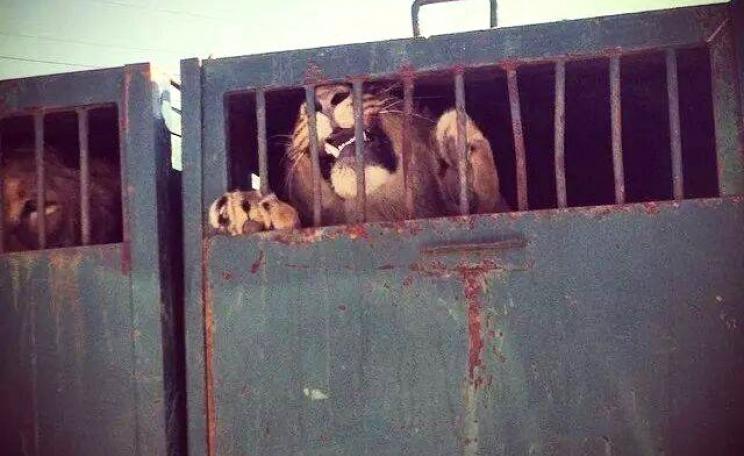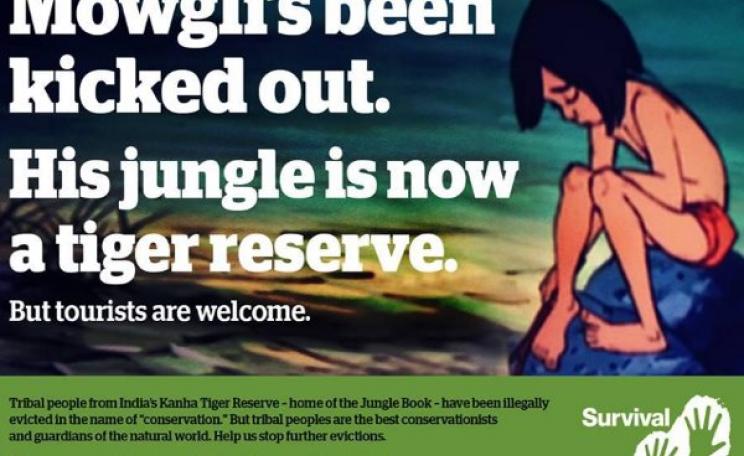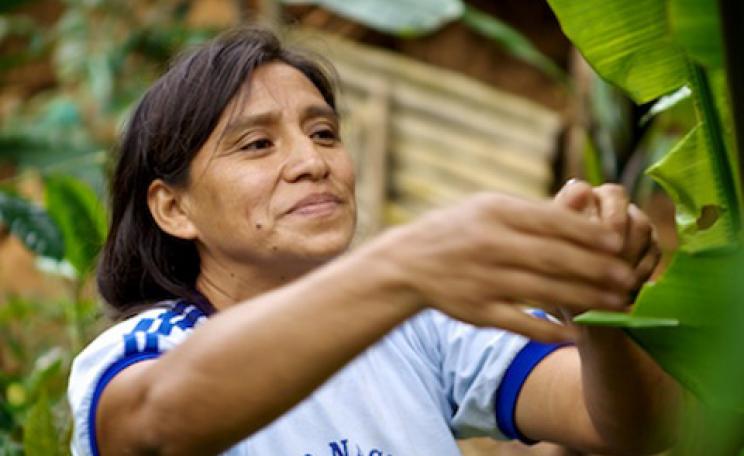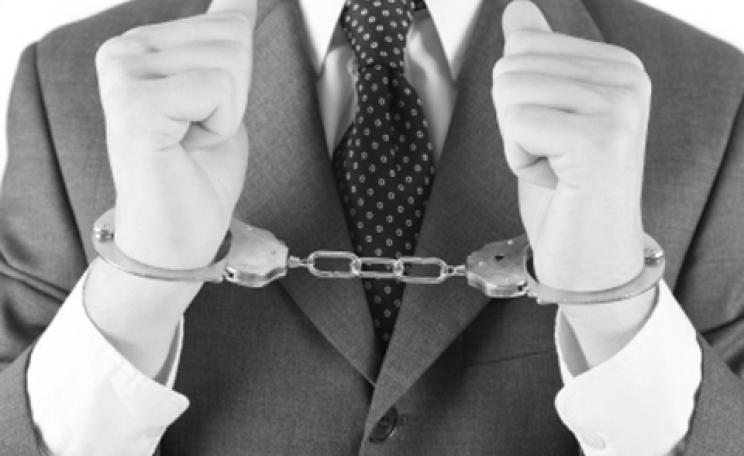The 1989 worldwide ban on ivory trade through the Convention on International Trade in Endangered Species (CITES) was a conservation success story, brought about after the discovery of an ‘elephant holocaust' which saw the slaughter of 2,000 African elephants a week over a ten year period.
The Environmental Investigation Agency (EIA), at the time a fledgling investigative campaigning group, infiltrated the powerful and dangerous billion-dollar crime ring fuelling the trade. It filmed evidence of dead elephants with tusks removed, of factories where ivory was made into trinkets, and the blood trail that connected the two. EIA's film was crucial in getting decision makers to acknowledge just how bad the problem was, and, more importantly, ensured they couldn't ignore it.
Detailed in the book To Save an Elephant: the undercover investigation into the illegal ivory trade, the EIA's first big profile campaign shows how, through dogged commitment, a small group of people exposed a poaching ring so extensive it boggled the mind how or why the big wildlife conservation groups could ignore it.
In one scene, founders Allan Thornton, who last month gained an OBE for services to protect the environment, and cameramen Dave Currey and Clive Lonsdale were undercover in a Dubai warehouse. Thornton used stalling techniques while the cameramen, attempting to gain a view over a wall into the next warehouse, were hoisted up by forklift in a cardboard box in which they had cut holes big enough to stick a lens through. They filmed container after container of ivory tusks and workers using band-saws to carve them. Drenched in sweat, they made a narrow escape after being spotted.
Environmental crime
EIA's bold exploits may have fuelled the fantasies of a new generation of ‘eco detectives', but its achievements in preventing crime over the last 25 years have more to do with a careful and cool-headed plodding of the day-to-day.
‘We look at a problem and work back', says Mary Rice, the Executive Director for the past 3 years (pictured below). ‘We do road mapping and strategic planning on a quarterly basis. We may have a three year goal, but how we get there may change according to external circumstances. We try and achieve incremental steps along the way.'
Unfortunately for the EIA, environmental crime - from the trade in tiger bone, Grizzly bear parts and ozone depleting substances, to illegal fishing and logging -thrives best in countries where, due to lack of political will, financial means or corruption, enforcement is weakest.
As the criminal syndicates they are up against get more and more sophisticated, so do the EIA. To bolster their desk research, they employ state-of-the-art software i2 to map the details of criminal networks; on the ground they use the latest in GPS, mobile phone and satellite mapping technology.
Tools and tactics
 EIA investigators ‘come from all walks of life, biologists, scientists, journalists. One of our investigators is an ex-British policeman' says Mary. I ask about going undercover; how do they avoid jeopardising the evidence, and... getting caught?
EIA investigators ‘come from all walks of life, biologists, scientists, journalists. One of our investigators is an ex-British policeman' says Mary. I ask about going undercover; how do they avoid jeopardising the evidence, and... getting caught?
‘We never pay any money for information, we never buy any goods, we present ourselves as buyers - and we film it. People talk. You'd be surprised how much people talk. Investigators have a skill in leading the discussion and asking the right questions. It's about developing trust. You have to build up that relationship over a period of days or weeks.'
Whether or not you put your life at risk is, according to Mary, ‘very much left to the discretion of who is actually at the front of the investigation. If at any point they are uncomfortable or they think there is a risk, then we withdraw.'
They've had a few close calls. In January 2000, EIA campaigner Faith Doherty was kidnapped while investigating illegal logging in Indonesia by timber baron Abdul Rasyid. She and an Indonesian colleague were beaten and threatened for two days, before being safely released.
Full disclosure
The EIA's work naming and shaming applies equally in the murky criminal underground as in high-level diplomatic circles. Fresh from the Tiger Summit in Russia, Debbie Banks, head of EIAs Tiger Team, says the EIA is the ‘independent eyes and ears' which will make sure words (in this case a political declaration to double world tiger population by 2022) is matched with action. If it's not, they'll have ‘something to hit them over the head with'.
Literally, this means a careful wielding of the fruits of their undercover operations to influence complex negotiations on endangered species. About Tanzania's previous attempt to downlist the CITES status of elephants in order to resume sales of ivory, Mary says, ‘We are diplomatic. We met the Minister on a one to one basis before the conference and didn't make a big splash about it. He agreed to withdraw a proposal.'
On occasions when this tactic doesn't work, they are not afraid to go public with uncomfortable information, even if it makes them unpopular. ‘Zambia maintained there was no elephant poaching. But we knew because of people passing information and visiting, that that wasn't the case. So we went undercover. We shared that with the UK government, the EU, the Zambian government...with all the delegates. It was key in preventing Zambia from getting a downlisting.'
'The general consensus amongst decision-makers and NGOs such as Traffic [the wildlife trade monitoring network] and WWF was supportive of Zambia downlisting. In fact, I think EIA was the only organisation speaking against Zambia,' says Mary.
Does it make you angry: the collusion, or lack of awareness of other NGOs?
‘We don't understand how they arrive at their decisions when we have evidence to illustrate that things are not what they appear. Sometimes it's a lonely place, you're not popular, people don't like to be caught. Often the people representing countries know nothing about it, it's embarrassing.'
No compromise
 They may not have the clout of the big wildlife protection NGOs, but because EIA has made a strategic decision not to grow beyond a certain size (aside from the UK office, they have an office in Washington DC) they can be targeted and react very quickly. They can also say things that others can't.
They may not have the clout of the big wildlife protection NGOs, but because EIA has made a strategic decision not to grow beyond a certain size (aside from the UK office, they have an office in Washington DC) they can be targeted and react very quickly. They can also say things that others can't.
‘If you find damning information in a particular country, your ability to articulate that can be compromised if you had an office in that country,' says Mary. As the demand for illegally traded wildlife continues to grow in the Far East, wouldn't an office in China help? She chuckles, ‘Well if we had one, we couldn't shout at the Chinese government'.
Many campaigns are on-going, such as their first on Pilot whaling (see image of carcasses in Leynar Bay, Faroe Islands above). Potential new campaigns are weighed carefully through ‘scoping exercises'. Mary says they are currently looking into illegal e-waste trade and illegal fishing, though both would require more resources and personnel.
In the last year, the demand for rhino horn in Vietnam and China has led to a doubling in rhino poaching in South Africa. Mary's clearly got an itch to scratch.
‘What they've discovered is the methodology of the poachers is very sophisticated. They are using helicopters, they are darting the animals with a tranquilising drug used by vets. The level of investment in targeting one animal demonstrates quite clearly that it is worth doing. All of this is making its way to the Far East. At the moment, there is nobody really looking at that issue - we'd like to but we don't have the resources. It probably requires a well-planned, strategic campaign and consumer end investigations. Also it's very, very dangerous.'
The Environmental Investigation Agency
| READ MORE... | |
 |
HOW TO MAKE A DIFFERENCE The Thin Green Line: park rangers risking their lives After 10 years as a park ranger, Sean Willmore packed up his life and took to the road to record the experiences of his fellow rangers around the globe. The result is a revealing and inspiring documentary |
 |
INVESTIGATION A green army Natural resources,are increasingly responsible for fuelling violence across the world. Now some environmentalists want to fight back – using force if necessary. |
 |
INVESTIGATION Who needs Africa's land more: us or wildlife? An explosive mix of animals, people and economics means that land in Africa is becoming more valuable - and more contested - than ever |
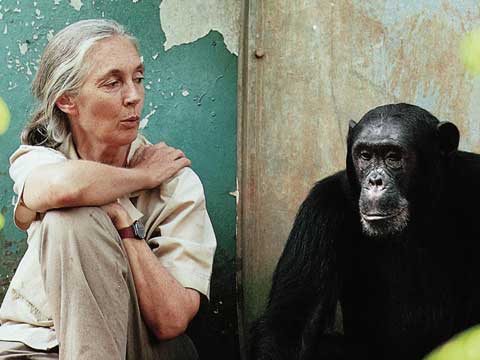 |
INTERVIEW Dr. Jane Goodall: I'm not going to fight for animal rights The renowned primatologist and conservationist on the need for scientific empathy, the impact of economic development, and why children give her hope for the future |
 |
NEWS Warning over contaminated whale meat as Faroe Islands' killing continues Faroese government accused of ignoring scientific evidence over safety of whale meat as record number of pilot whales are slaughtered |



